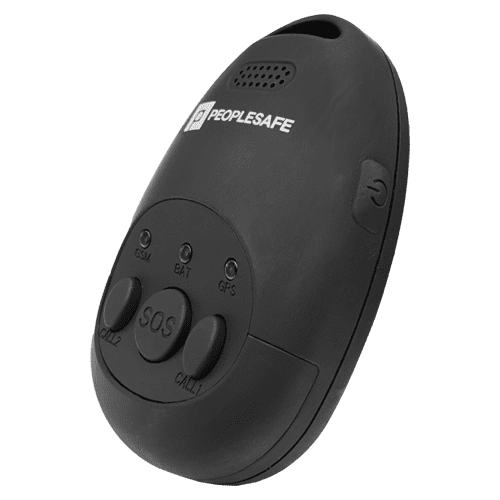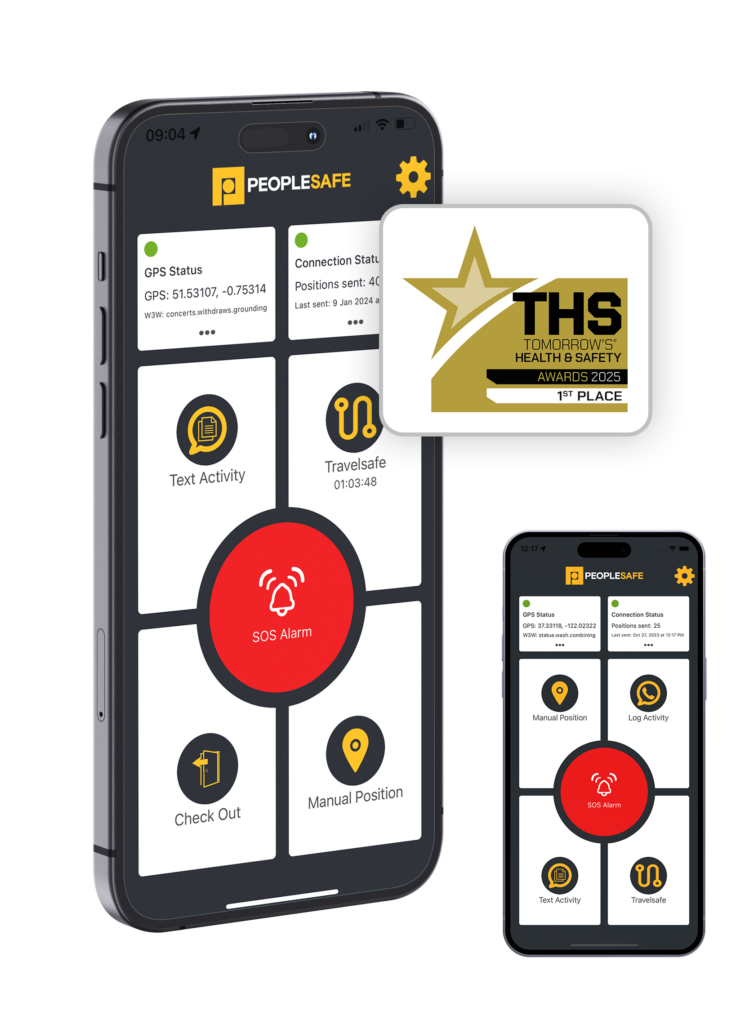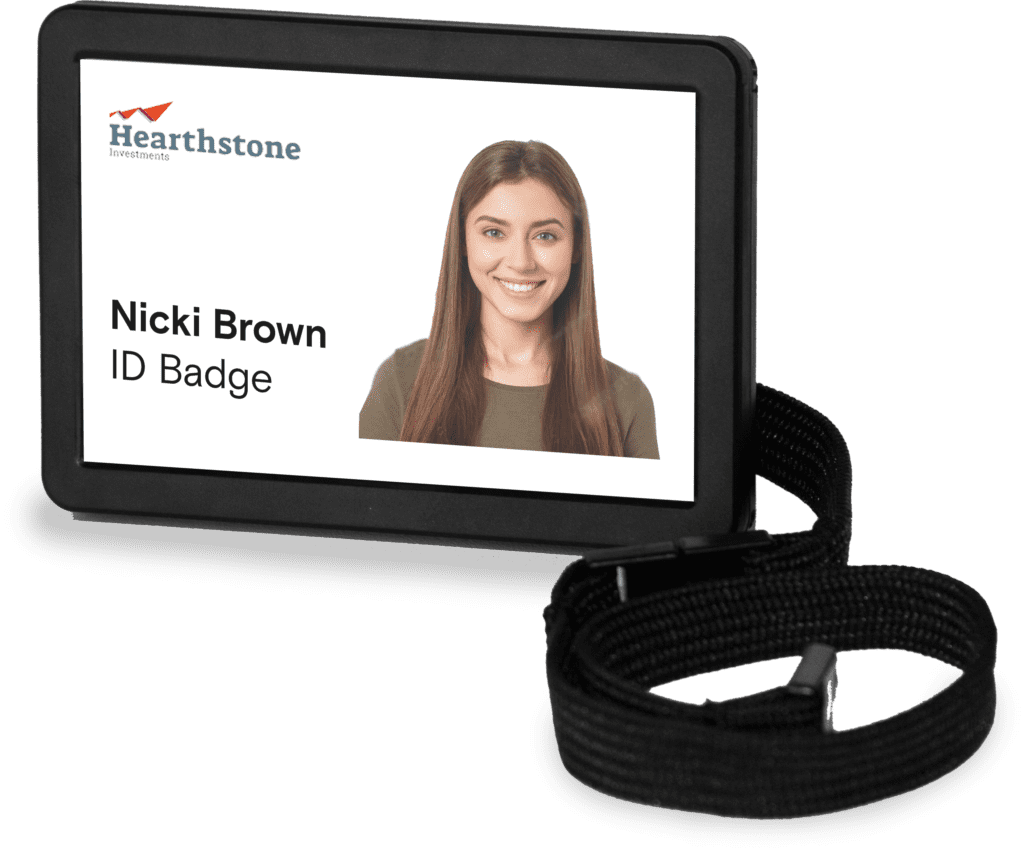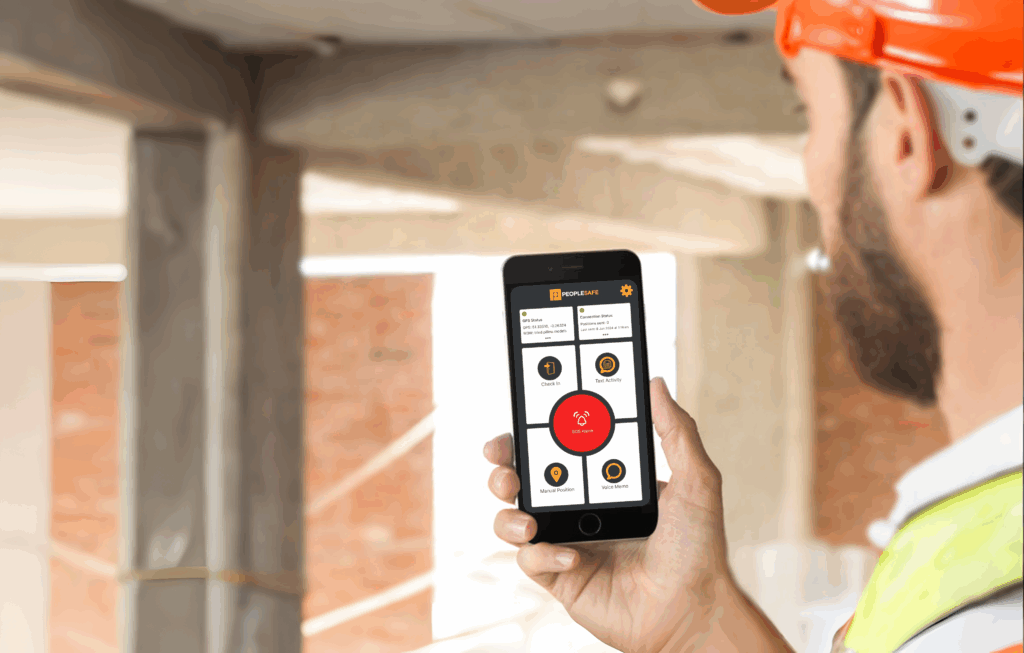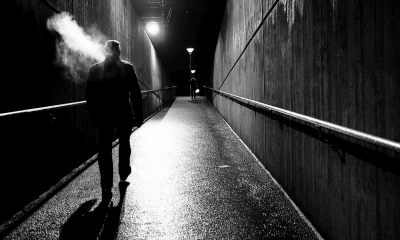Health & Safety Risks For Carers And Care Homes
It’s estimated that around 6.5 million people in the UK are carers which is roughly 1 in 8 adults. Social care workers enable people – particularly those who require some extra practical and physical help – to live their lives as comfortably and independently as possible. This work involves looking after adults and children in a wide variety of settings ranging from highly intensive residential establishments to caring for clients in their own homes.
Despite providing care for another person, carers typically work alone completing their day-to-day tasks, potentially leaving them in vulnerable positions. For example, they could be targeted by thieves if they’re perceived to be carrying money, drugs or equipment thought to be valuable. The most common causes of injury and ill health for carers arise from moving, handling and dealing with challenging behaviour.
Lone working in the social care sector is not illegal; however, employers should include provisions and methods for getting help for lone working in the risk assessments carried out under the Management of Health and Safety at Work Regulations 1999.
Working alone can increase the severity of risks faced by carers on a daily basis, including:
Manual Handling
Manual handling is the most common cause of injury at work. Employees in the social care sector are at a higher risk of back injuries because assisting clients with movement is a large part of a carer’s job. Some people may need assistance to move around safely, others may be dependent on staff for bathing, dressing and other tasks which involve moving and handling.
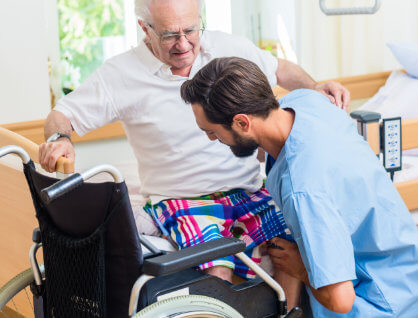
According to the Health and Safety Executive (HSE), around a third of ill-health reports in the social care sector were musculoskeletal-related. Poor moving and handling practices can lead to:
- back pain and musculoskeletal disorders – consistent bad practice can result in disability and people being unable to work
- accidents – both the employee and the patient being moved could suffer injuries
- poor standards of care – the patient could experience discomfort and lack of dignity if they are being moved incorrectly
Carers may have a range of additional manual handling tasks such as lifting, moving, putting down, pushing, pulling and carrying loads and equipment.
Employers should ensure that all carers have received manual handling training that covers the safe movement of people as well as how to move items and objects. They should also be able to carry out on-the-spot evaluations to determine whether it is safe to move the person or object without assistance.
Violence and Aggression
Dealing with challenging behaviour – predominantly from patients with a mental illness – can put carers at an increased risk of being subjected to violence and aggression at work. Staff in the social care sector should not be expected to accept abusive behaviour as a normal part of their job.
Any incident in which a member of staff is verbally abused, threatened or assaulted by a resident or member of the public during the course of their work should be reported. Examples of such behaviour include:
- a carer being bitten by a patient in the course of the normal care of that person
- an angry visitor, who considers that their relative is not being properly treated, being verbally abusive
- a carer being verbally abused and threatened by a patient who is unwilling to take prescribed medication
- a confused care home resident striking out at a contractor repairing an item of equipment
As a result of this behaviour, 72% of carers have suffered mental ill-health, including stress, anxiety and depression. There are a number of precautions that employers can take to help prevent and control challenging behaviour towards carers.
Staff should be effectively trained to work with potentially violent and aggressive patients – for example, being able to recognise triggers. In addition, carers need to be encouraged to document and share information about patients and there should be appropriate systems in place to deal with any incidents.
Slips and Trips
Slips, trips and falls are common risks in any workplace. In fact, they remain the biggest cause of non-fatal injuries. The social care sector is no different; the main causes of slip and trip accidents for carers include slippery or wet floors, obstructions (e.g. medical equipment) and trailing wires.
Due to the nature of their job, carers in care homes and similar residential establishments will be working in a sterile environment. This involves the floors being cleaned on a regular basis, leaving them wet and slippery. Where possible, slip-resistant materials should be used in kitchens and bathrooms; in addition, staff should be encouraged to wear footwear with good amounts of grip.
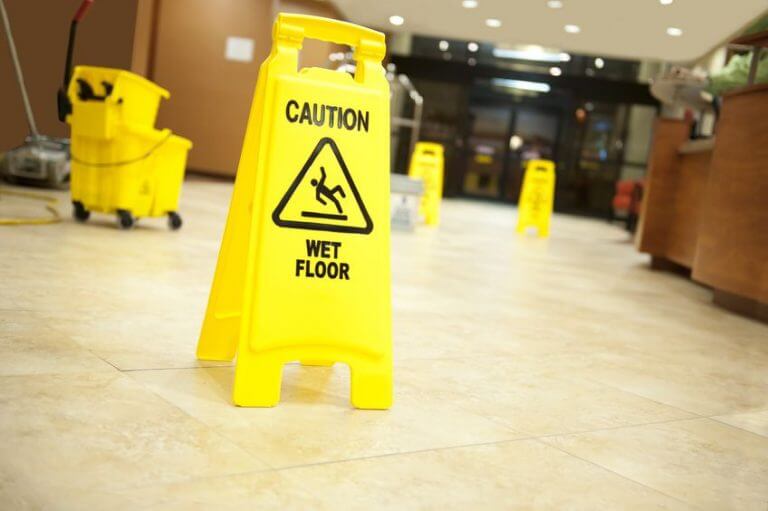
The biggest trip hazard for carers is from trailing wires from cleaning equipment such as vacuum cleaners or medical equipment if the patient requires machine assistance. Good housekeeping and a ‘clean as you go’ policy should help to minimise this risk in a care home environment. Carers in unfamiliar territory while visiting patients in their own homes need to be extra vigilant towards trip hazards that could result in injury.
Equipment Safety
Every year there are numerous accidents to social care employees from using work equipment. Ensuring that staff are competent to do the job safely and use appropriate, well-maintained equipment can prevent accidents.
There are certain duties placed upon equipment providers and carer employers. Standard equipment provided for care may include bed rails, hoists, electric profiling beds, thermostatic mixing valves and medical equipment. In a care home, the list extends to equipment used in kitchens, laundries, gardens and workshops.
Controlling the risks from the use of work equipment includes:
- proper installation
- only using it for intended purposes
- ensuring the work equipment is properly maintained
- ensuring that people using, supervising or managing the equipment are provided with appropriate health and safety information and receive adequate training
Lifting equipment, such as hoists used to reduce manual handling, are required to have statutory inspections and completed service maintenance records.

How Can Peoplesafe Help?
We are a specialist provider of lone worker safety services. Our range of lone working devices is linked to the Alarm Receiving Centre (ARC) based in our Epsom headquarters and manned by our expert Controllers.
Carers and those working in care homes would greatly benefit from our service, largely to mitigate the risk of violence and aggression from patients. Our discrete personal alarms all have a simple SOS button to activate an alarm and two-way audio so that our Controllers can speak to the user if safe to do so. We also supply accessories such as a belt clip, ID badge holder and Bluetooth Button to transform the alarms into a wearable solution.
The optional fall detection function (also known as ‘mandown’) would also be helpful in the event of a manual handling accident, a slip or a trip. With this function activated on the device, it will be able to detect if the device has changed orientation – i.e. has the user fallen? If this is followed by a period of non-movement, an alarm will automatically be raised to the ARC where a Controller will attempt to make contact with the user. If they don’t receive a response, the Controller will follow the established escalation procedure.
For more information about how our service or devices can help carers or those in the social care sector, contact us at 0800 990 3563 or complete this form.

